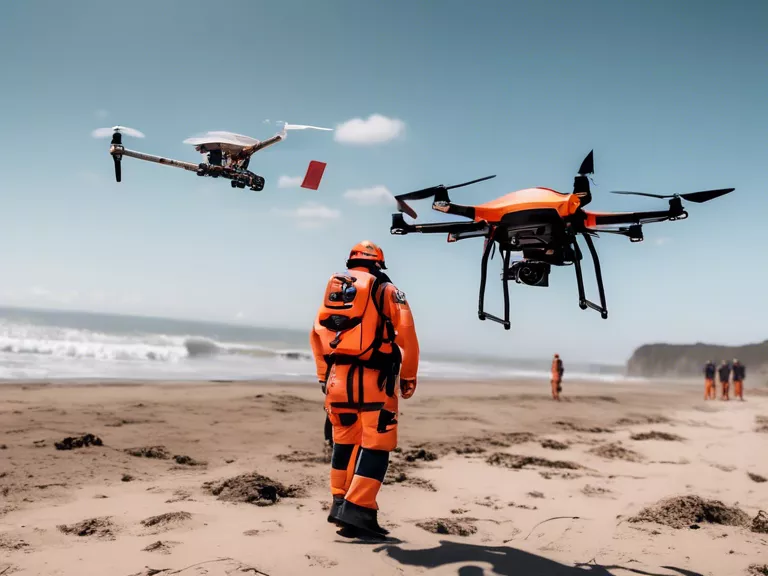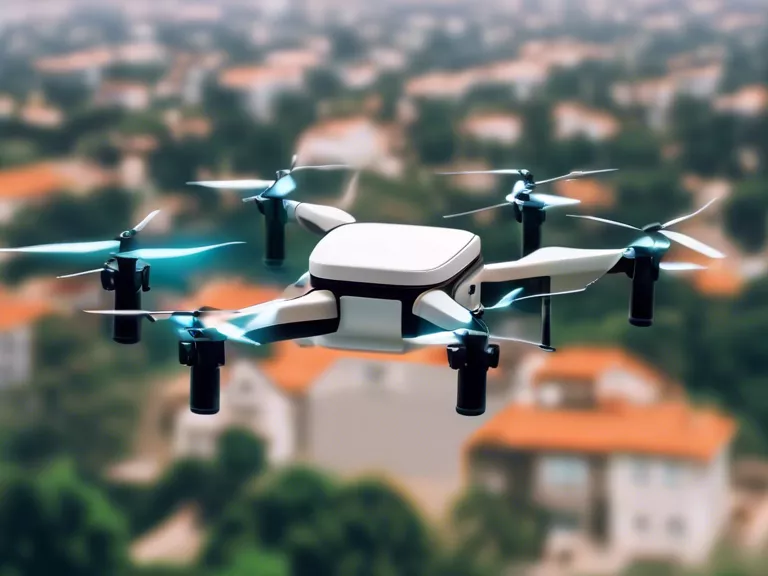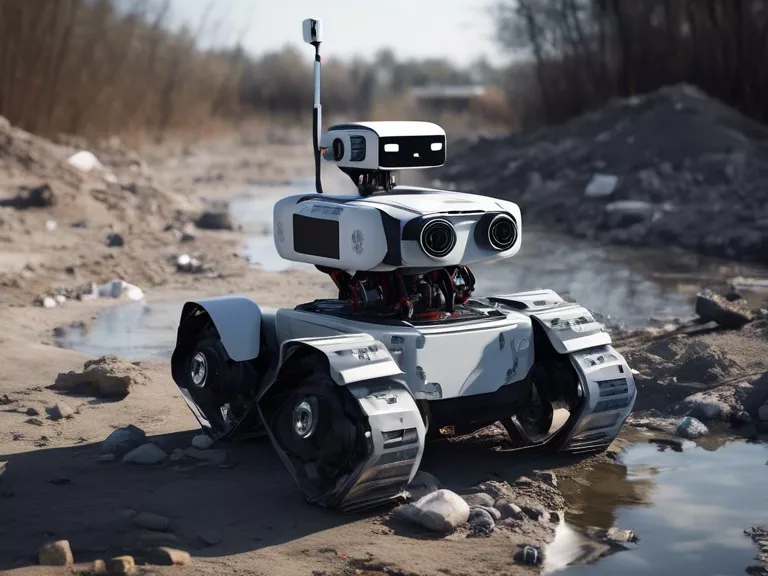
In recent years, the use of drones for search and rescue missions has become increasingly common due to their ability to access hard-to-reach areas and provide real-time data to emergency responders. However, one of the challenges faced in these situations is the need for human operators to control the drones, as this can be a time-consuming and resource-intensive task. This is where Artificial Intelligence (AI) comes into play, enabling autonomous drones to navigate and make decisions on their own, significantly improving the efficiency and effectiveness of search and rescue operations.
One of the key roles of AI in enabling autonomous drones for search and rescue missions is in the area of navigation. AI algorithms can be used to create detailed maps of the search area and plan the most efficient route for the drone to take. This not only saves time but also ensures that the drone can cover a larger area in a shorter amount of time, increasing the chances of locating missing persons or identifying hazards.
Another important role of AI in autonomous drones is in object recognition. By using machine learning algorithms, drones can be trained to recognize different objects such as vehicles, buildings, or even individuals. This can be crucial in search and rescue missions where time is of the essence, as it allows the drone to quickly identify and locate potential targets without human intervention.
Furthermore, AI can also be used to analyze the data collected by the drones in real-time, providing valuable insights to emergency responders. For example, AI algorithms can be used to detect signs of life or identify potential hazards such as fires or floods. This information can then be relayed to the rescue teams on the ground, allowing them to make informed decisions and prioritize their efforts.
Overall, the role of AI in enabling autonomous drones for search and rescue missions is undeniable. By leveraging AI technology, drones can become more efficient, reliable, and effective tools for emergency responders, ultimately helping to save lives in critical situations.



